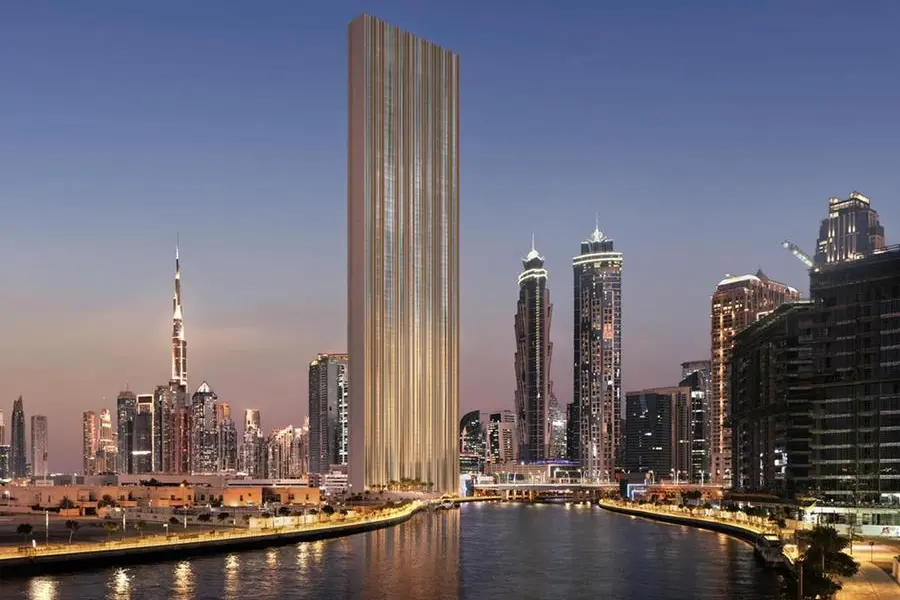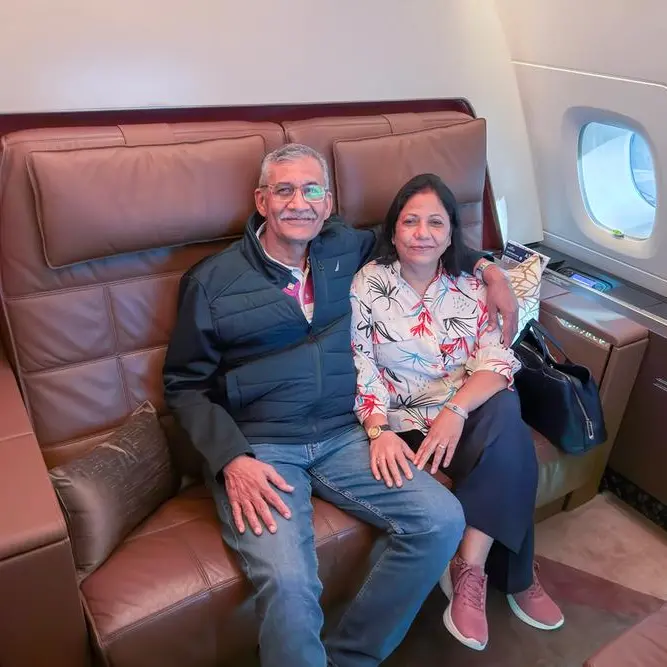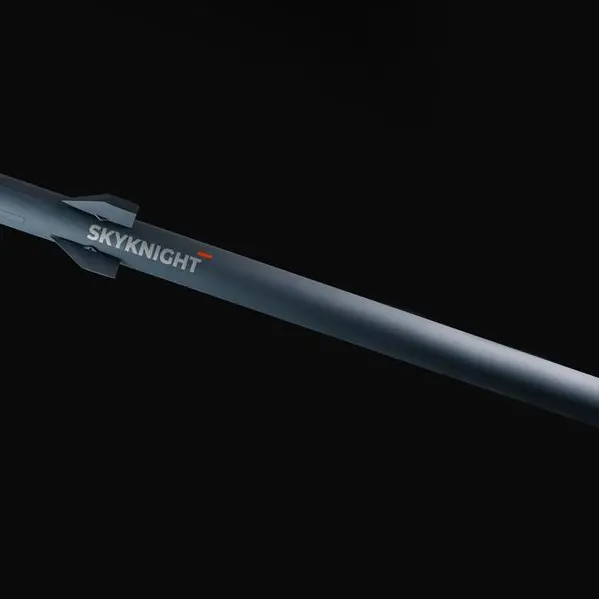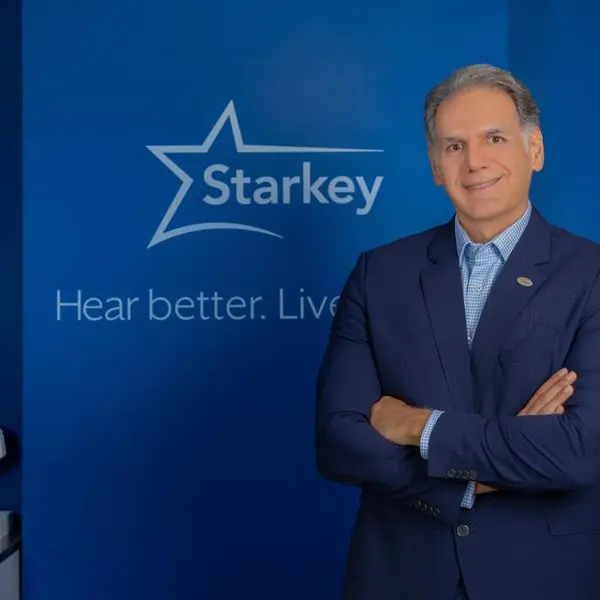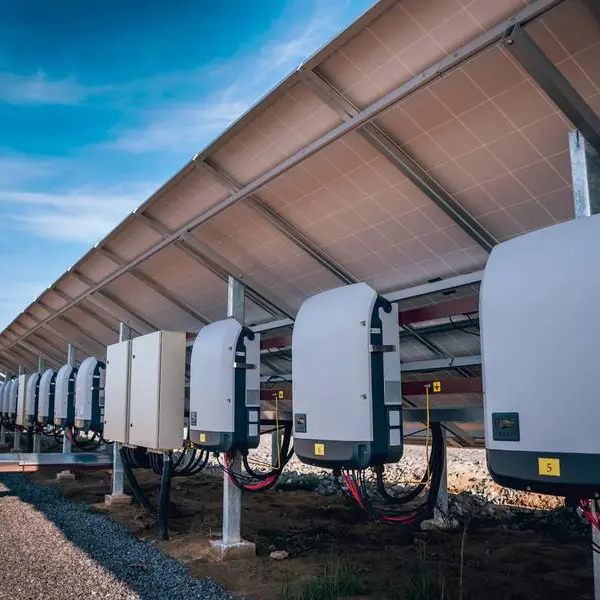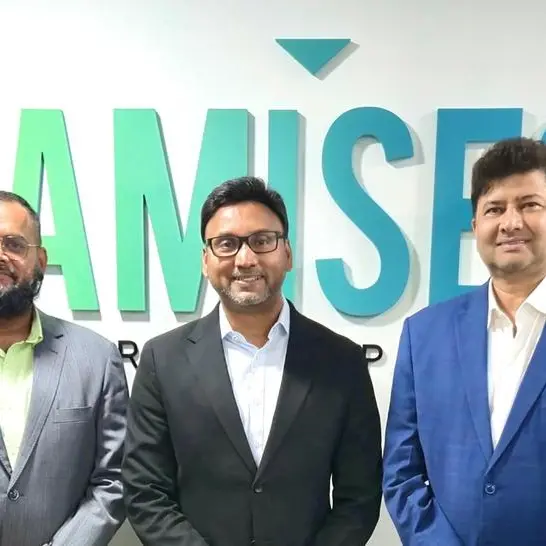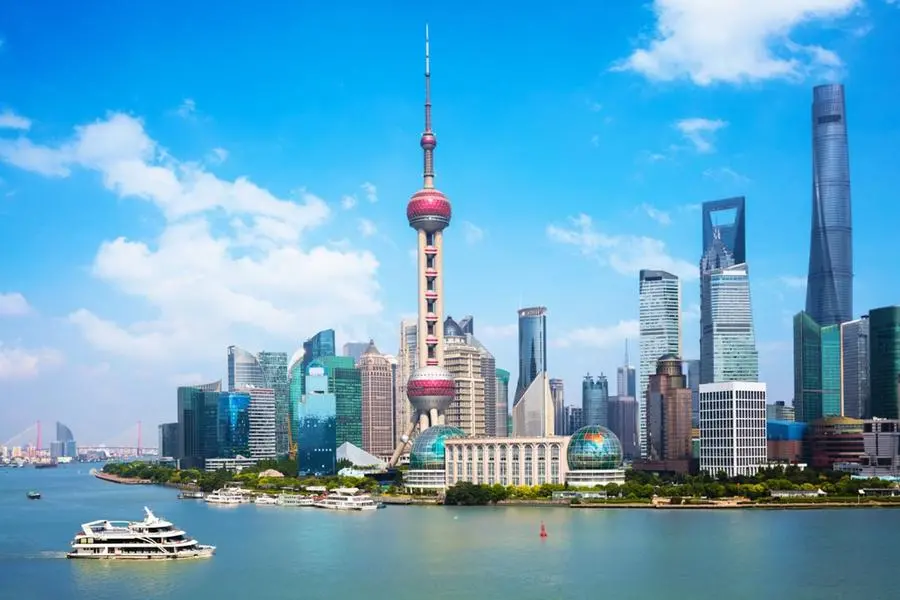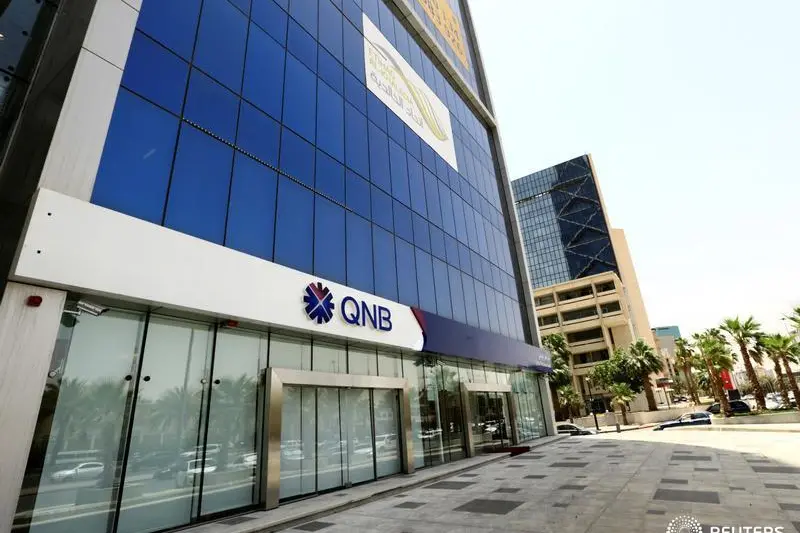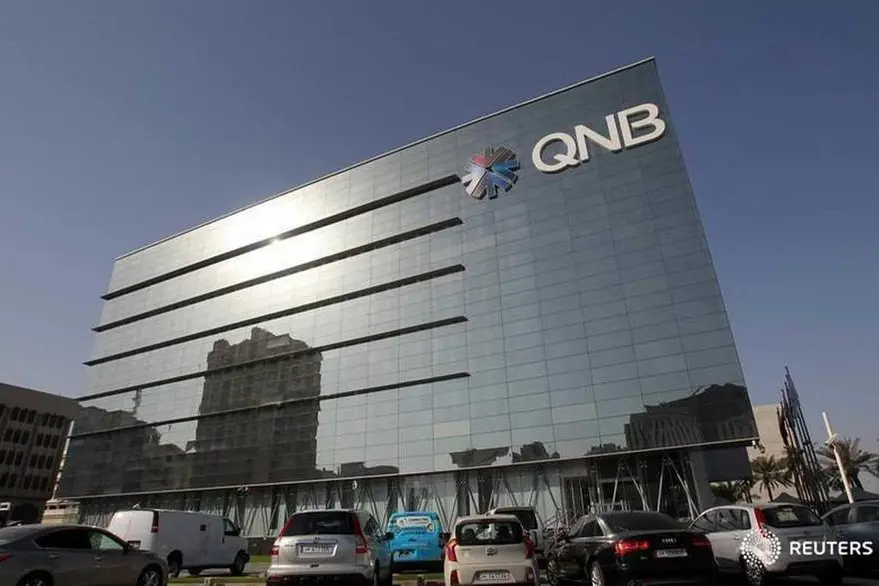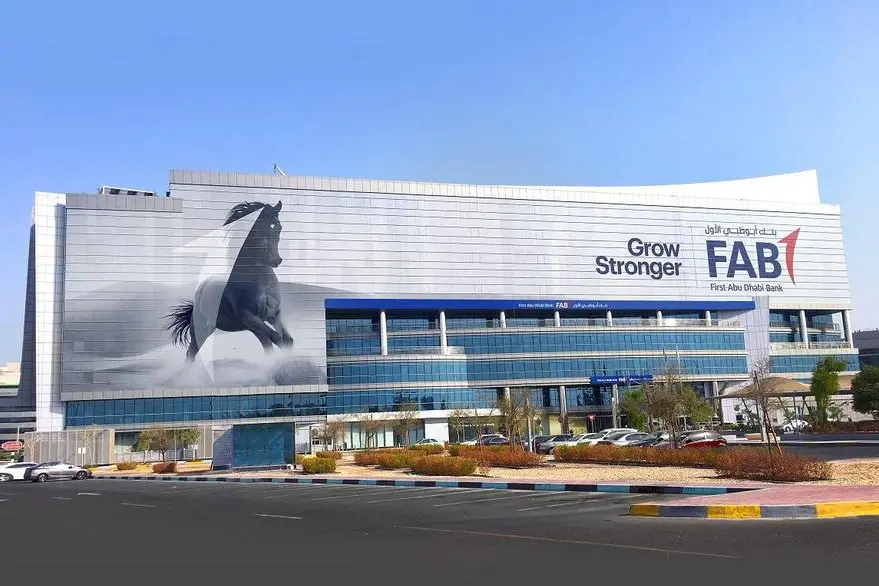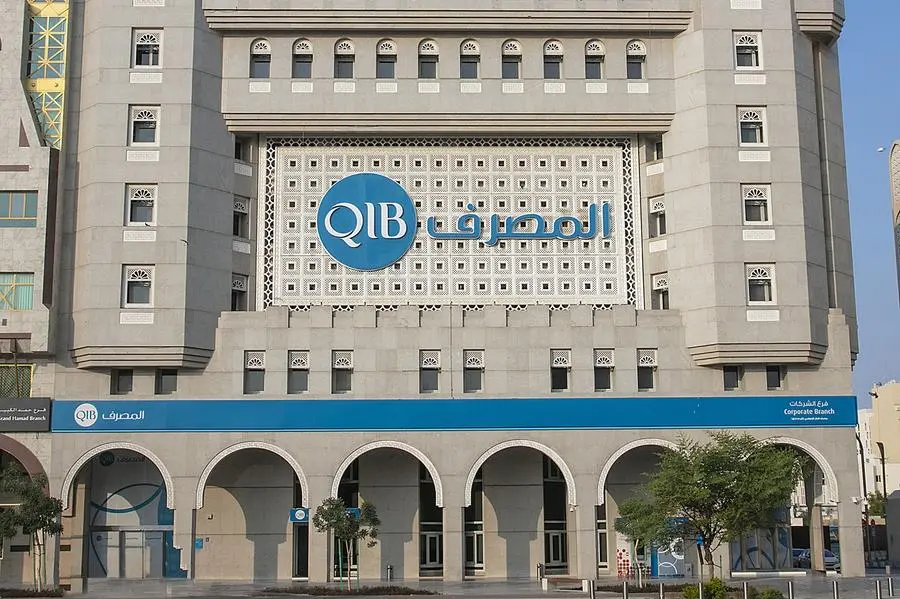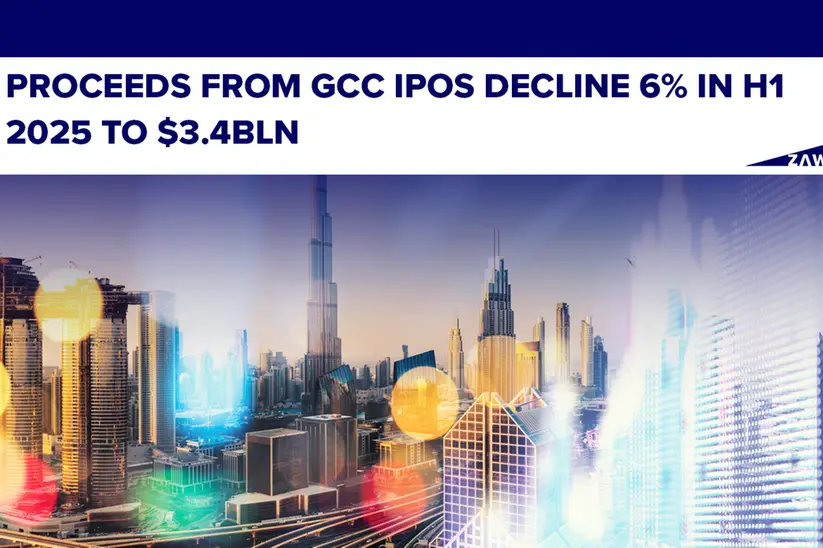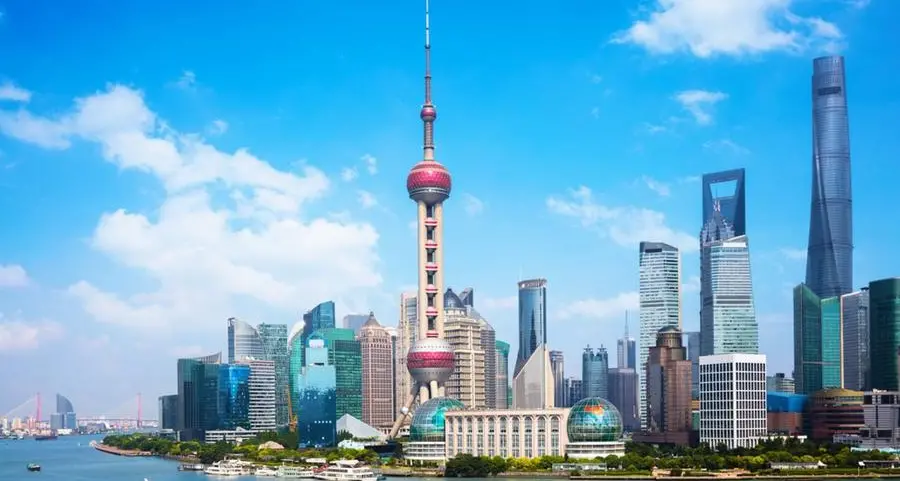PHOTO
New skyscraper in Dubai, Muraba Veil. Image Courtesy: Muraba
Dubai, UAE: Muraba, in partnership with the Pritzker Prize-winning RCR Arquitectes, has officially announced the launch of their latest architectural development, Muraba Veil. The culmination of a ten-year partnership, this is the fifth collaboration between Dubai-based Muraba and Spanish RCR Arquitectes. This 73-storey residential tower, located alongside Dubai’s canal and Sheikh Zayed Road, introduces a new standard of design and living, uniquely tailored to the region’s climate and cultural heritage.
Inspired by the traditional Arabian house and its principles of harmony with nature, Muraba Veil redefines modern living by merging ancient traditions with futuristic innovation. Muraba Veil towers to 380 metres, with the entire building spanning the width of a single apartment at 22.5 metres. The building is wrapped in a porous stainless-steel mesh that reflects the sky, while its interior design channels the essence of courtyard living, promoting privacy and natural ventilation—key elements in addressing the region’s climate challenges.
“Muraba Veil is not just a building, but a sanctuary designed to offer serenity amidst the fast-paced urban environment,” said Ibrahim Al Ghurair, Managing Director of Muraba. “This project combines centuries-old architectural heritage with contemporary innovation to create a residence that embodies the spirit of Dubai while delivering a life-enhancing experience.”
Set in a prime location, Muraba Veil offers 131 exclusive residences, ranging from two to five bedrooms, with prices starting from AED 18,000,000. Each residence spans the full width of the tower, providing unobstructed views and seamless indoor-outdoor living. Screened by a Mashrabiya-inspired veil and bordered by generous outdoor spaces on both sides, the residences enjoy dual aspects and a gentle through breeze, naturally reducing temperature. The architectural design, led by the Pritzker Prize-winning RCR Arquitectes, integrates elements like natural cooling and light, using time-honoured vernacular techniques to enhance comfort and sustainability. The appointed engineers for Muraba Veil are the world-leading engineering consulting firm WSP, with client advisory provided by Arup.
Rafael Aranda, Founder, RCR Arquitectes, added: “Muraba Veil is our response to the unique landscape and culture of Dubai. Our goal was to design a building that feels connected to its surroundings while pushing the boundaries of what a skyscraper can be. The Veil stands as an emblem of a new architectural approach—one that reflects both heritage and modernity.”
Beyond its architectural significance, Muraba Veil also boasts a curated suite of amenities, including a wellness spa, restaurant, gallery, padel court, private meeting rooms and a private cinema, providing residents with a comprehensive luxury lifestyle in one of the world’s most dynamic cities. The Veil also features a cavernous subterranean spa - a wellness club consisting of a series of experiential pools, treatment rooms and gym, as well as restaurant, lounges, ‘oasis’ and amphitheatre, hidden beneath a vast dune-like carapace at the foot of the tower.
For more information, please visit https://www.muraba.ae/muraba-veil
About Muraba
According to Muraba founder Ibrahim Al Ghurair, property is not an end in itself, but the means to a greater, more noble end: that of creating breathtaking, life-enhancing works of Architecture. Muraba's mission is to design structures that deeply resonate with the culture and heritage of their surroundings. The kind of quality Muraba seeks demands time, relentless focus and the utmost consideration. It works in close collaboration with just one architectural studio, the Pritzker Prize-winning RCR Arquitectes, and it works at its own pace, considering every element to deliver buildings of exceptional quality.
About The Architects
RCR Arquitectes, based in Olot, Spain, surprised many when they won the prestigious Pritzker Prize in 2017. Founders Rafael Aranda, Carme Pigem, and Ramon Vilalta have spent over 30 years working in their hometown, developing a deep connection with the landscape and architecture of the region. While their success may have seemed unexpected due to their local focus, their work blends modernist influences with a deep respect for place, resulting in architecture that is both rooted and universal. RCR's philosophy emphasizes beauty, rootedness, and atmosphere. Rather than creating branded architecture, they immerse themselves in the specificities of each site, translating the essence of a location into thoughtful, responsive designs. Their approach avoids the trappings of "starchitecture," remaining grounded in a quiet, reflective practice that stays true to their origins in Olot. RCR’s projects span private homes, public buildings, and civic spaces, always striking but contextual. Their architecture seeks continuity rather than confrontation, blending tradition with modernity, and creating spaces that are both theatrical and restrained, engaging yet serene. It’s an architecture that embraces the landscape and culture, manifesting in works of remarkable depth and character.
Muraba Dia
Completed in 2017, Muraba Dia delivered contemporary architecture that was, in the context of Dubai, almost subversive in its commitment to understated elegance and exceptional craftsmanship. The attention to detail, from the ingenious spatial arrangement of floors and apartments to the material and design of the smallest fixture, aspired to enable an experience of architecture that was on a different level from that of the building’s neighbours on the Palm Jumeirah. RCR, in creating Muraba Dia, have spoken of creating ‘a space where people can “go beyond”’, and ‘a refuge where they will be happy and where there is peace’. They have talked of architecture that recognises ‘the value of the rain, of the sun, of the wind, of the sky, of the earth, of all the elements that form nature’. This is what binds the architects to Muraba: a shared aspiration to create buildings that work in harmony with their natural environment, that capture the timeless spirit of a place, and that allow a unique, heightened sensation of that place.
Muraba Veil
The Veil is RCR’s response to climate and culture, to place and possibilities. Set into a fluid landscape which echoes the shifting sands of the desert and the caves eroded by the wind and the water, this is an architecture apart. Dubai is a globalised city and its skyline reflects influences from other cultures and climates. But its architecture has mostly been transplanted from elsewhere with relatively little attention paid to its particular conditions, climatic or cultural. The skyscraper is the apogee of that imported architecture, a typology transplanted from Chicago and New York and adapted very little. In the Veil, RCR are attempting to acclimatise architecture to this particular place. Situated between the water and the desert, the sand and the sky, the tower addresses the sun and the wind, attempting to work with rather than always against them. It is a design that is as much draped as it is built. The Veil is a soft skyscraper, a tower slowly revealed behind a series of skins. If our image of architecture is of solidity and mass, hard edges and surfaces, this is something very different.
